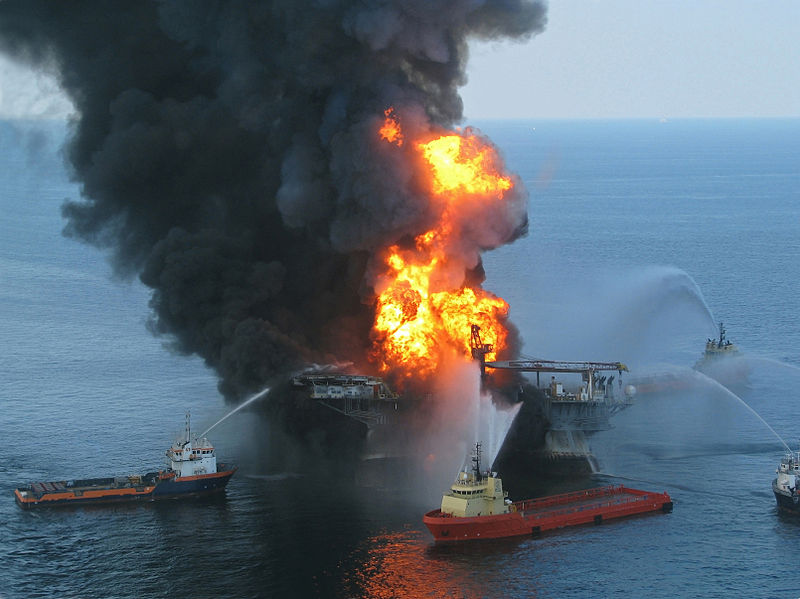
View the paper “Deepwater Horizon and the Law of the Sea: Was the Cure Worse than the Disease?”
The number 4.9 million is commonly known as the number of barrels of crude oil that entered the Gulf of Mexico during the Deepwater Horizon oil spill in 2010. Less known, but perhaps equally disconcerting, is the number 1.7 million—the number of gallons of Corexit, a toxic dispersant used to mitigate oil spills, that was also released into the Gulf of Mexico. Some observers claim that Corexit spared shorelines, wetlands, and beaches from the worst of the oil spill. Others, however, argue that Corexit was at best a massive ecotoxicological experiment that could impair the marine environment for years. With a focus on the use of Corexit during the Deepwater Horizon oil spill, this Article concludes that laws and regulations in the United States do not meet the standards set by Article 194 and Article 195 of the United Nations Convention on the Law of the Sea (UNCLOS). In light of the overall purpose of UNCLOS to “protect and preserve the marine environment,” however, the United States might be able to meet the standards of at least Article 194 by ensuring that the use of dispersants is authorized only if the dispersants result in a net environmental benefit and are the optimal dispersants to use for the unique situation of an oil spill. Finally, the future of oil spill remediation could involve genetically engineered microorganisms to clean up spills, but the United States regulatory regime does not seem to protect the marine environment from bioengineered microbes and therefore falls short of meeting the standards of Article 196 of UNCLOS, which regulates the introduction of alien or new species. Because UNCLOS represents customary international law, the United States should strive to meet the marine pollution provisions of the treaty.
Academic citation:
Wilson, Grant S., 2014. Deepwater Horizon and the law of the sea: Was the cure worse than the disease? Boston College Environmental Affairs Law Review, vol. 41, no. 1, pages 63-131.
Image credit: United States Coast Guard
This blog post was published on 28 July 2020 as part of a website overhaul and backdated to reflect the time of the publication of the work referenced here.







